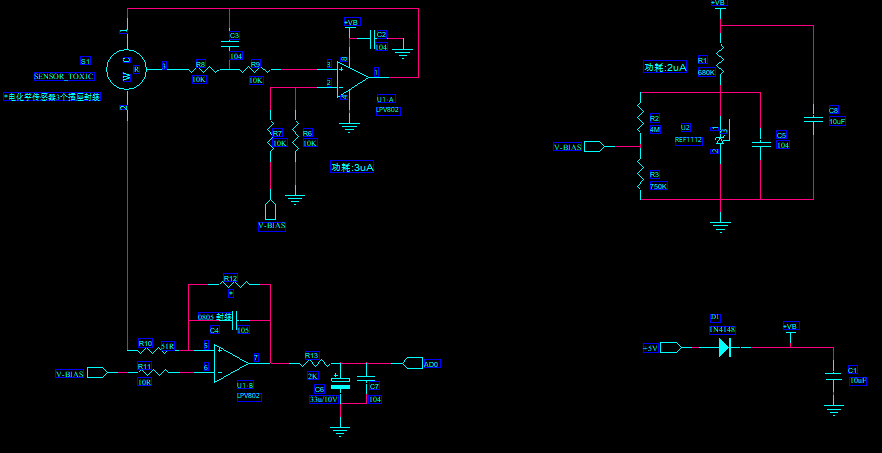Electrochemical gas sensor using LPV802 amplifier is easy easily disturbed by electromagnetic interference or Walkie-talkie (10V/m, 80MHz~1GHz). How to solve this problem?
-
Ask a related question
What is a related question?A related question is a question created from another question. When the related question is created, it will be automatically linked to the original question.


